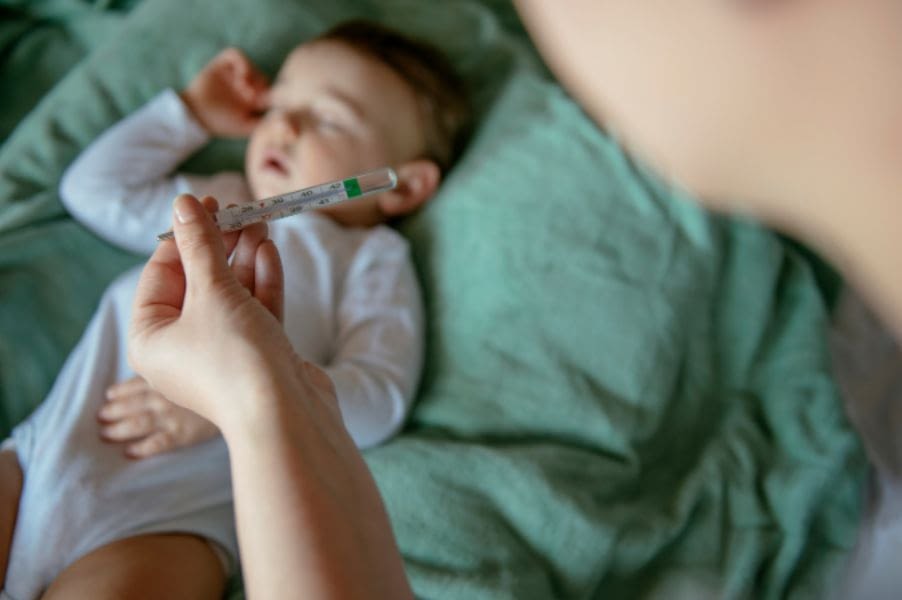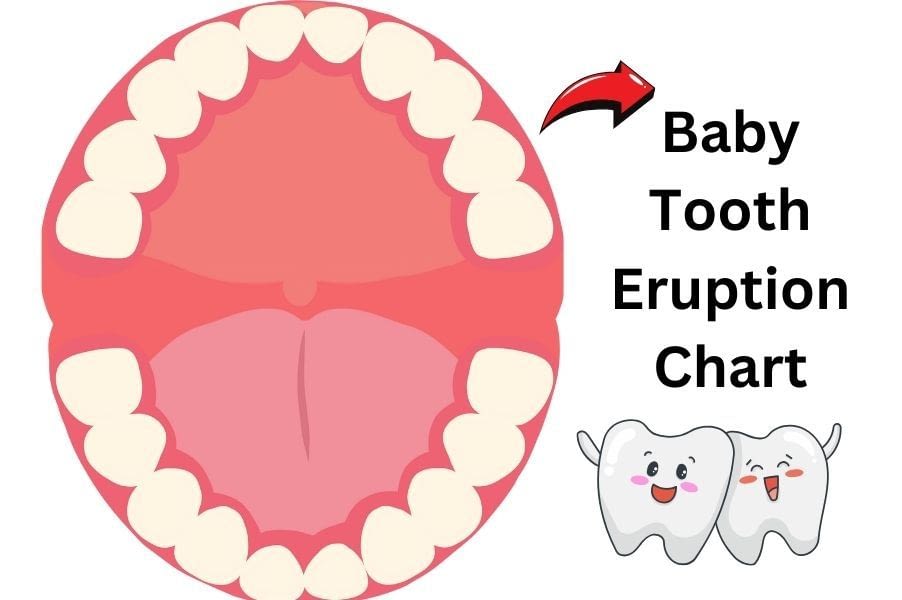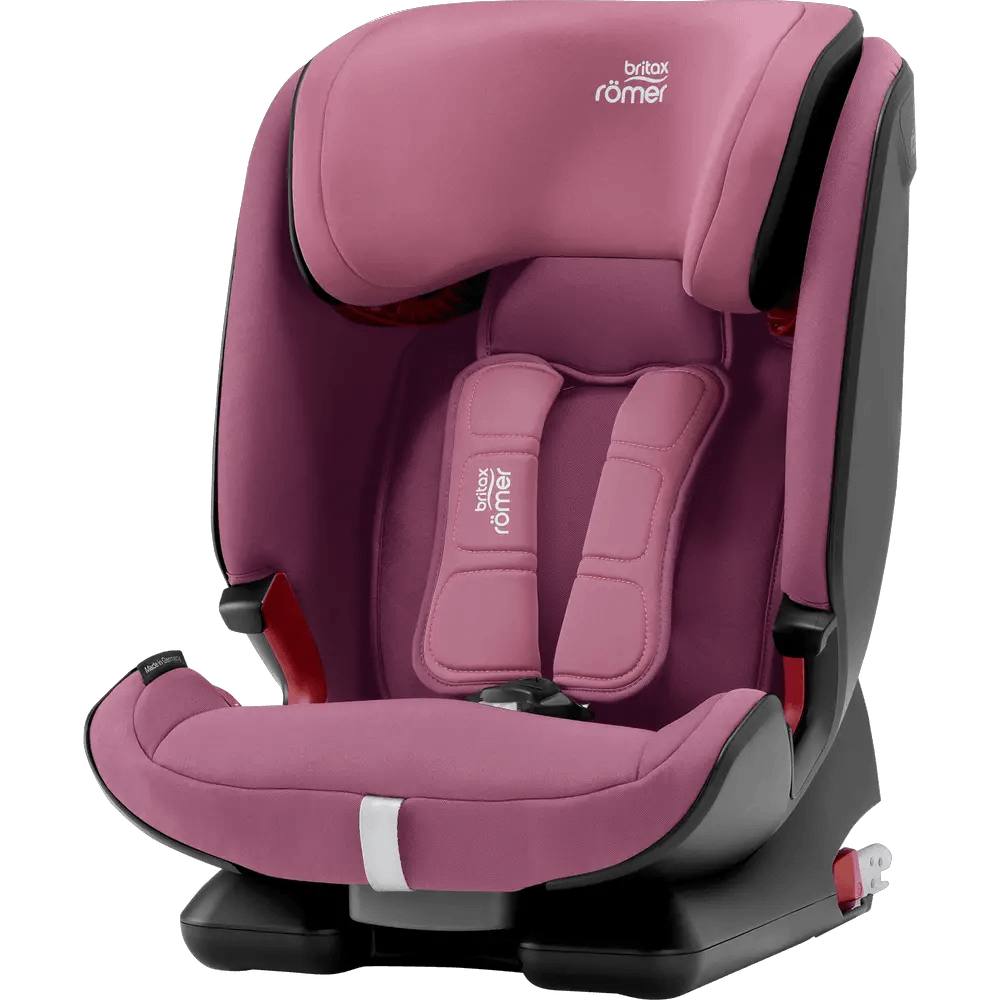Every parent remembers the first time they felt their baby’s hot forehead in the quiet hours of the night. Fevers in babies are common and can be pretty alarming, especially for new parents. While a fever often signals that your baby’s immune system is fighting off an infection, it also adds a layer of complexity to their care, including how to dress them for bedtime.
As a guardian, your role is to help the child get better and ensure maximum comfort through the process. This blog offers practical wisdom on how to dress baby with fever at night, guaranteeing a safe response to their condition, and reducing distress. I’ll also discuss a unique remedy – the wet sock treatment – which some parents find helpful. Here are the night-time dressing tips to follow when your baby is running a fever.
Understanding Baby Fever Care
Before we delve into the night attire recommendations, let’s address baby fever care. Fever, defined as a body temperature over 100.4 degrees Fahrenheit when measured rectally, is a natural response to infection and is typically accompanied by increased body temperature. As problematic as a fever might appear, it’s important to remember that it’s a sign that your baby’s immune system is actively working against germs.
A critical factor in baby fever care is ensuring they are not overdressed. Overheating can make your child uncomfortable and sometimes worsen the fever or lead to heat rash. Striking the right balance is critical to keeping your baby safe and comfortable.
How to Dress Babies with Fever at Night?
Doctors and the AAP suggest less is more when dressing a baby with a fever. Over-bundling can exacerbate the fever and lead to discomfort or even heatstroke. Therefore, it’s crucial to dress the baby lightly.
Choose breathable fabrics like cotton and consider using a single layer of clothing, such as a lightweight onesie. Monitoring your baby’s temperature periodically and adjusting clothing as necessary is also advisable. If the fever is not too high (under 102 degrees Fahrenheit), there may not be a need for fever-reducing medicines. Instead, ensuring the baby is comfortable and well-hydrated is often the best approach.
Remember, while pediatricians generally approve these guidelines and the AAP, always consult your healthcare provider about caring for your baby during a fever episode. Individual children can have unique health needs and responses to fever, so personal medical advice is paramount.
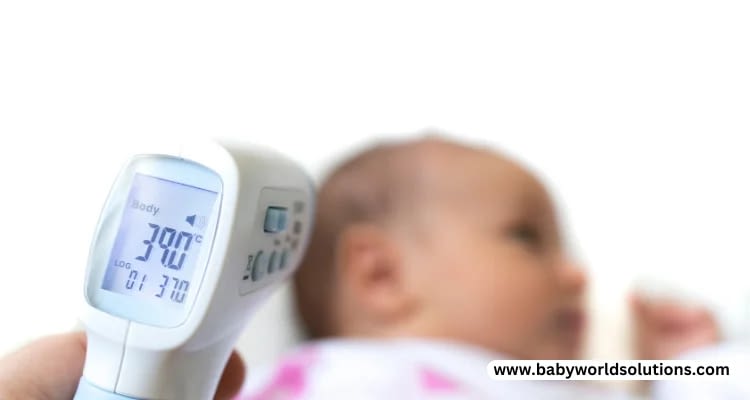
Should I Let My Child Sleep With a Fever? Yes, you should let your child sleep if they have a fever. Rest, including sleep, is crucial when the body is fighting off an infection. While asleep, the body can focus its energy on healing.
A child with a fever is likely to feel more tired than usual, so permitting them to sleep can aid in their recovery.
How often should I check my child’s fever at night?
When your child has a fever, monitoring their temperature regularly, even throughout the night, is essential. It is generally advised to check every 2-4 hours. However, these checks should not significantly disrupt your child’s sleep, as rest is crucial to recovery.
Use a non-intrusive method such as a forehead or ear thermometer, which can take readings quickly and quietly. If your child sleeps peacefully and their symptoms haven’t changed, you may allow more extended periods between checks.
Night-time Dressing Tips for Babies with Fever
These practical tips should help ensure your baby is appropriately dressed, offering them comfort without exacerbating the fever.
Light and Breathable Fabrics
Choose lightweight, breathable fabrics such as cotton for your baby’s sleepwear. These materials enable proper air flow, preventing the baby’s body from overheating. They also wick away moisture in case of sweating, which can be associated with fevers.
Single Layer Philosophy
While your first instinct might be to bundle up your little one, less is more when dressing a baby with a fever. So, what should my baby wear to bed with a fever? Typically, a single layer is sufficient to provide the necessary warmth. Additional layers could trap heat and raise the baby’s body temperature further.
Comfortable Room Temperature
Room ambient temperature is as significant as clothing when managing a feverish baby at night. Make sure the room is kept at a comfortable temperature, ideally between 68-72 degrees Fahrenheit. This range is generally safe and can help your baby maintain an average body temperature.
Regular Temperature Checks
Vigilance is vital. Regularly check the baby’s temperature throughout the night to ensure they aren’t becoming too hot. A digital rectal thermometer is the gold standard for young infants for accurate readings.
Have a Light Blanket Handy
It’s typical for a child’s fever to break during the night, often leading to chills. Have a light blanket within reach to gently cover them if required. The blanket should be easy to add or remove based on the baby’s needs without causing disturbance.
Use Humidifier in baby’s room
Using a humidifier when a baby has a fever can provide some relief and support in the following ways:
- Moisture for Comfort: Fever often leads to dehydration, and the dry air can make your baby more uncomfortable. A humidifier can help relieve your baby’s congestion and improve their breathing by adding moisture to the air.
- Easier Breathing: The added moisture in the air can make it easier for your baby to breathe. This is especially beneficial if the fever is accompanied by congestion or respiratory issues.
- Preventing Dryness: Fever can sometimes lead to dry skin and lips. Humidifiers help prevent excessive dryness by maintaining a more balanced humidity level in the room.
- Cough Relief: If your baby is experiencing coughing along with the fever, a humidifier can help ease the irritation in the throat, reducing the frequency and severity of coughing.
- Promoting Restful Sleep: The overall comfort provided by a humidifier may contribute to better sleep for your baby, which is crucial for recovery.
Monitoring for baby overheating prevention
Staying vigilant for signs of overheating is essential when your baby has a fever. Symptoms might include flushed cheeks, sweating, or rapid breathing. To prevent overheating, adjust the room temperature, modify their clothing, and ensure their bedding suits the ambient temperature.
In addition to physical signs, a smart baby monitor equipped with a temperature sensor could serve as an extra layer of monitoring for overheating, offering peace of mind during the challenging period of the baby’s illness.
Incorporating Wet Sock Treatment
The “wet sock treatment” is a traditional home remedy that alleviates fever symptoms. While not scientifically proven, some parents report that it helps. Here’s how to try it:
- Soak a pair of cotton socks in cold water and wring them out.
- Place the wet socks on the baby’s feet.
- Put a pair of dry wool socks over the wet ones. The wool helps to trap heat, potentially aiding the body’s healing process.
If you try this method, closely monitor the baby’s reaction and comfort level. Remember, the ultimate goal is making them feel better, so if they seem uncomfortable, it’s best to skip this remedy.
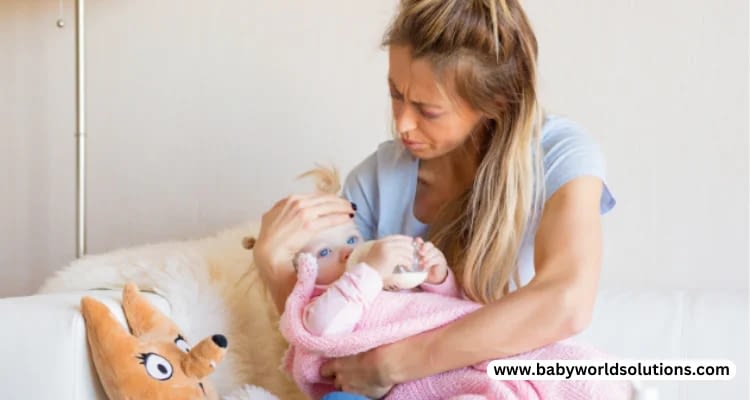
Why wear Wet Socks to bed?
Wearing wet socks to bed may seem counterintuitive or even uncomfortable to many. But it’s a home remedy rooted in hydrotherapy and naturopathy and is commonly known as the “wet sock treatment.” The basic premise is that cold socks increase circulation and help the body to mount its fever response.
So, what happens if you wear wet socks to bed? When the feet are cooled by the wet socks, blood vessels in your feet start to narrow. As your feet gradually warm, your blood vessels begin to dilate. This process stimulates your circulation, which can aid in the relief of congestion while also potentially boosting your immune response and promoting the healing process.
It’s important to note that while some parents find this method helpful, it is yet to be scientifically validated. Therefore, this method should be based on personal comfort and individual responses. The primary goal should always be the comfort and well-being of the child.
When to seek medical attention
While managing a baby’s fever at home is often appropriate, there are times when medical intervention is necessary. If your baby is under three months old and has a rectal temperature of 100.4°F or higher, contact your pediatrician immediately. Other red flags include a fever that lasts more than three days, lethargy, irritability, poor appetite, rash, difficulty breathing, or signs of dehydration (such as reduced wet diapers).
The intended audience’s concerns
For parents, particularly the new ones amidst you, your primary concerns revolve around your baby’s health and comfort during a fever. Your intuition may nudge you towards extra layers or more involved care, but understanding the value of simplicity and vigilance in this situation is pivotal.
You are concerned with correctly dressing your baby to help manage their fever and are looking for dependable, safe methods to achieve this. This guide aims to equip you with knowledge and techniques, including responsive actions like the wet sock treatment, to care for your feverish baby effectively.
Conclusion: How to dress baby with fever at night?
A baby with a fever tugs at a parent’s heartstrings, arousing a deep urge to soothe and heal. Dressing your little one for the night when they are unwell need not be a source of stress.
By keeping them in breathable, lightweight fabrics and an adequately regulated room environment, you’re taking confident strides in caring for their health. Remember to rely on regular temperature checks, be prepared to adapt their covers during the night, and be aware of when to seek professional medical advice.
The journey of parenthood is full of uncertainties, but your love and intuitive care, complemented by the insights shared here, will see you through the febrile nights. By ensuring your infant’s comfort and safety, you’re helping them through a temporary illness and fortifying your role as their stalwart protector, no matter the hour or ailment.
Parents Also Ask
What should my baby wear to bed with a fever in winter?
Dressing your feverish baby during winter nights poses a unique challenge. The key is to balance keeping them warm and avoiding overheating. Opting for breathable fabrics like cotton is still advised, with layers that can be easily added or removed. A light long-sleeved onesie may be a good start.
What should my baby wear to bed with a fever in summer?
Summer brings its own set of concerns when dressing a feverish baby for bed. When temperatures and humidity levels are high, babies can easily get overheated. Stick to lightweight, breathable fabrics like cotton. A short-sleeved onesie or even a diaper may be enough. If the room is air-conditioned, a light blanket might be needed, but make sure it is something that the baby can push off themselves if they get too warm.
Should I put socks on baby with fever?
It depends on various factors, including the baby’s comfort, the room temperature, and the severity of the fever. Avoiding overheating is essential, and socks may contribute to increased body temperature. However, if your baby’s feet are notably cold while they have a fever, a pair of light, breathable socks could be considered to help them maintain a comfortable body temperature
1 Visit today

